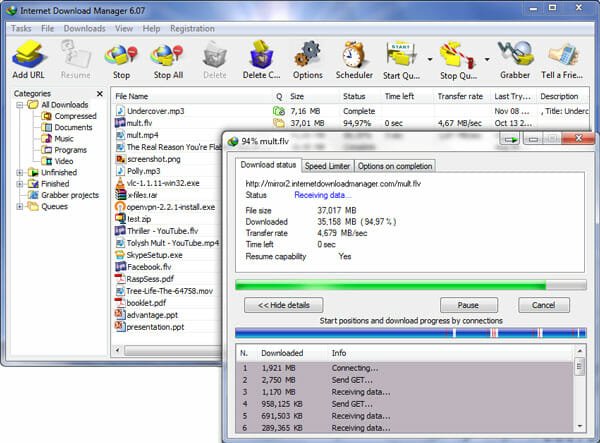

- Best photo manager for a mac upgrade#
- Best photo manager for a mac professional#
- Best photo manager for a mac free#
- Best photo manager for a mac mac#
One of the drawbacks to all of them is that unless you're going from iPhoto to Aperture, any editing of metadata will be lost.įrom parents taking photos of their kids with marching bands to professionals with studios or out in the field, the type of photo manager you wind up with reflects your interest in photography. Most cameras will come bundled with some sort of photo-managing software.
Best photo manager for a mac free#
There are other alternatives, such as Google's free Picasa. It'll be included in an Adobe Creative Cloud subscription. Some find that switching between modules is a bit frustrating.Ĭost: $149.99 on its own or $99 when purchased with Adobe Creative Suite. It's not tightly integrated with iOS devices like Aperture and iPhoto are. It's a bit more powerful than Aperture.Įvidence against: The price is nearly double Aperture's, but that'll be a non-issue for those who plan to become Adobe Creative Cloud subscribers. You can actually try Lightroom before you drop a lot of money on it. Some users prefer Lightroom's interface, which is more workflow-oriented. Like Aperture, you can batch-edit photos and create workflows. Apple used to offer a 30-day trial, but did away with it.Įvidence for: If you can navigate Photoshop blindfolded, then the tools in Lightroom will be second nature to you.

Best photo manager for a mac mac#
As Macworld notes, Faces can be a severe deterrent to Aperture's performance.Ĭost: $79.99, Mac App Store only. You can edit photos more precisely than iPhoto.Įvidence against: It's not the solution to consider if you have a low-powered machine. You can batch-edit photos, and the full-screen edit mode has a number of fans. Some users prefer Aperture's RAW conversion to Adobe's. Has some of the same features of iPhoto including the ability to bring in Photo Stream and Faces and Places tagging. Handles large and multiple libraries much easier.
Best photo manager for a mac professional#
Who's it for? Professional photographers and serious hobbyists.Įvidence for: For those used to iPhoto, it's a logical next step, and you can import your files from iPhoto. Some users report having issues with photo libraries with more than 10,000 photos.Ĭost: $14.99, Mac App Store only. You can only access one library at a time. It doesn't handle multiple libraries well, so if they're split up among different machines, you'll want to consider investing in iPhoto Library Manager for $19.95 or the free iPhoto Buddy. The learning curve is very low, especially if you're using the iOS version of iPhoto.Įvidence against: Bigger libraries tend to cause the program to hang up. Who's it for? Those who are just getting comfortable with handling digital photography and those who want a basic photo manager and editing tools.Įvidence for: It's the lowest-cost out of the three and it's easy to use, especially for photo novices. All of them have the ability to create photo books and web galleries, as well as social media integration. All of them can edit photos, but not manipulate them - for that, you would need a program such as Adobe Photoshop or Pixelmator. They range from free (if you purchase a new Mac or plan to be an Adobe Creative Cloud subscriber) to US$149.

Here's a quick look at three of the major players out there.Ī photo manager is a digital version of a traditional album, where you store images from your digital camera and can organize them into albums. With the RAW support and the potential increase in picture-taking overall, my needs are poised to outgrow iPhoto's capabilities, and it's the same question that other people will face as digital SLRs grow more powerful and affordable.
Best photo manager for a mac upgrade#
But, it did remind me to ask the TUAW brain trust: Is it time to upgrade to Aperture? What about Adobe Lightroom? What's the best photo manager overall to use? Anything involving the RAW images was a drag on the machine, though it has far more to do with the MacBook Air (11-inch October 2010) than iPhoto. My husband and I passed the camera back and forth to take a few test images, which were uploaded to iPhoto on my MacBook Air. With the DSLR comes a plethora of options I didn't have before, with the ability to shoot RAW images being at the top of the list.

After months of deliberation, I finally brought home a new addition to our family - a digital SLR camera.


 0 kommentar(er)
0 kommentar(er)
